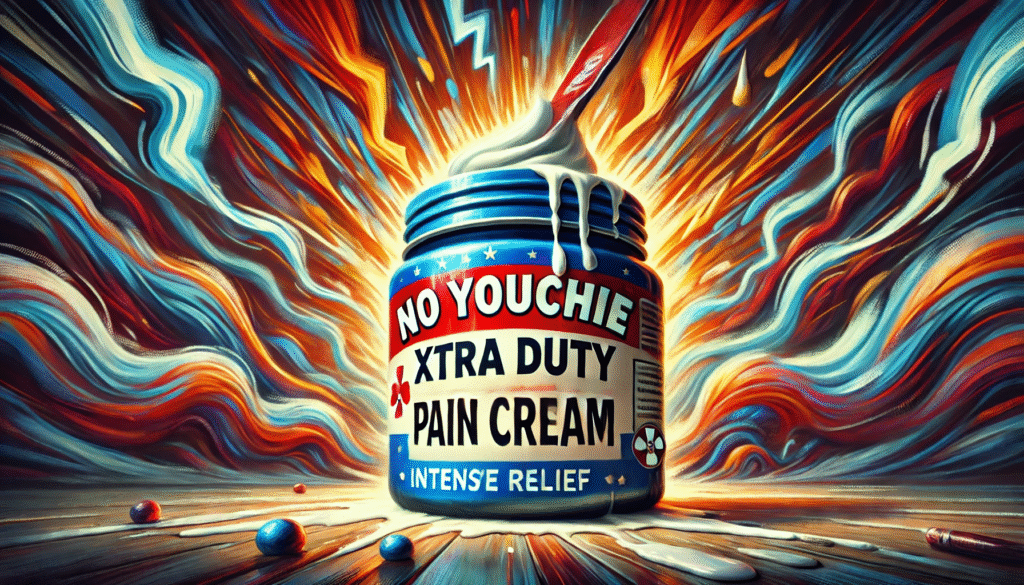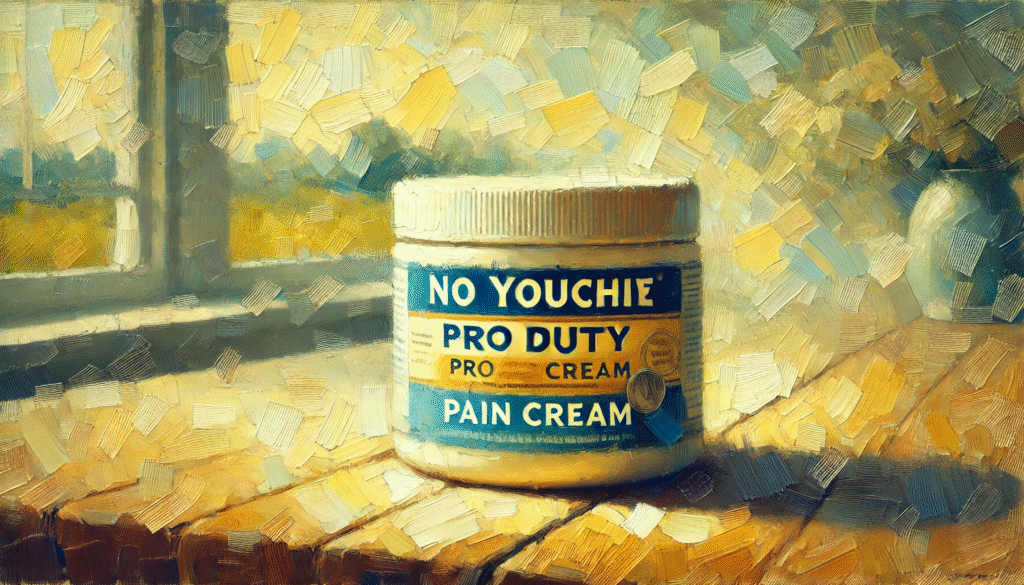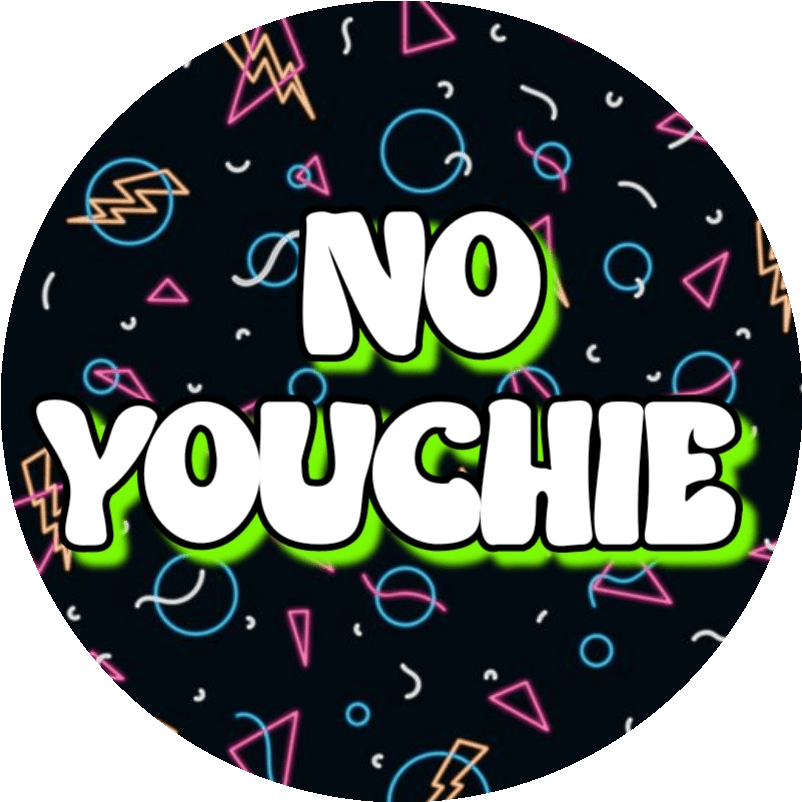Pain Relief Tips: Best Topical Pain Relief Products
By Donald Knight / May 24, 2025 / No Comments / common ailments for topical pain relief products, Topical Pain Relief Tips
Pain Relief Tips: Best Topical Pain Relief Products………
Introduction – What Are Topical Pain Relief Products?
Topical pain relief products are things like creams, gels, sprays, or patches. You rub or stick them right on your skin where it hurts. These pain relief products are great because they don’t go through your whole body like pills do. That means they are easier on your stomach and don’t mix badly with other medicines.
Lots of people use them for muscle pain, joint pain, or after small injuries. For example, if you twist your ankle or your back feels sore, you can try a topical pain relief cream. It goes right where the pain is and helps make that spot feel better. This is one of the best pain relief tips for people who don’t like taking pills all the time.
Because they only go on your skin, they don’t give you as many side effects. People with belly problems or liver issues like these kinds of pain relief products. Even older adults and athletes use them all the time to feel better and move around more easily.
Also, they help you feel like you are doing something to help yourself. That gives you more control. If you get a headache or sore neck, you can use a cream instead of a pill. So, topical pain relief lets you take care of your pain in a way that’s simple and quick.
Why People Like Using Topical Pain Relief
One reason people like topical pain relief is because it works fast. Since it goes right on the skin, it doesn’t have to travel through the stomach. This means you can feel better in the spot that hurts without waiting too long. That’s one of the pain relief tips people find very helpful.
Another reason is that you can use it just when you need it. You don’t have to use it every day unless you want to. This is great for folks who only have pain sometimes, like after a workout or during cold weather.
There are many kinds of pain relief products, so you can pick what works best for you. Some feel cool on your skin. Others make it warm. Some have ingredients from nature like peppermint or lavender. All of these help in different ways, and you can try them to see what feels right.
Lastly, using the best topical pain relief products can help you stay active. When pain is lower, it’s easier to go for a walk, play with your kids, or even just sleep better. With the right product, life gets a bit easier and less painful. That’s why many people choose topical pain relief every day.

Exploring Popular Ingredients in Topical Pain Relief Products.
Cool and Spicy Helpers for Pain.
When using topical pain relief products, the ingredients inside are what really make the magic happen. Each one works in its own special way to help with pain. Some ingredients cool the skin, while others stop pain messages from traveling through the body. Knowing which ones to look for is one of the best pain relief tips you can follow.
For example, menthol is one ingredient that’s in many pain relief products. It gives your skin a cool, icy feeling. This feeling tells your brain, “Hey, it’s cold here!” and not “Hey, it hurts!” So, even though the pain might still be there, it feels less bothersome. Many people love how fast menthol works, especially after sports or a long day.
Then there’s capsaicin, which comes from hot chili peppers. At first, it can make your skin feel tingly or even warm. However, with regular use, it helps block pain signals in the body. That’s why it’s often found in the best topical pain relief products for people who deal with long-lasting pain, like arthritis or backaches.
Another helpful ingredient is lidocaine, which is a kind of numbing medicine. Instead of cooling or warming, it stops pain at the nerve level. This makes it great for sharp or nerve-related pain, like a sunburn or sore spots. Since it works quickly and is backed by science, it’s one of the top choices in many pain relief products on store shelves today.
Natural Choices That Soothe.
While strong ingredients like menthol and lidocaine work well, many people also want natural options. These ingredients come from plants and are softer on the skin. As more people look for gentle, calming products, herbs and oils are becoming popular choices. That’s another one of those helpful pain relief tips to keep in mind.
Take arnica, for example. It comes from a yellow flower and is used in creams and gels. It helps with swelling, bruises, and sore muscles. People who play sports or stay active use it often. It’s one of the safest and most trusted natural topical pain relief options.
Camphor is another great natural helper. It gives a cool feeling like menthol, and many products use both to make a stronger effect. When combined, they give your muscles that “ahhh” feeling after a long day. These kinds of combos are often found in the best topical pain relief products for tired muscles and stiff joints.
Finally, oils like lavender and eucalyptus not only smell nice but also help you feel calm. While they don’t numb pain, they make your body and mind relax, which is just as helpful sometimes. These oils are often mixed into pain relief products for people who want a more soothing, peaceful experience.
Before trying anything new, always do a skin test. Just rub a little cream on your arm first to see if your skin is happy with it. That’s a super smart and simple way to stay safe—and one of the easiest pain relief tips to remember when using topical pain relief for the first time.
How to Effectively Use Topical Pain Relief for Maximum Benefit.
Getting Started the Right Way.
When using topical pain relief, it helps to follow some simple steps first. Always read the label on the package. Not all pain relief products are the same, and some need to be used in special ways. This is one of the best pain relief tips for staying safe and getting good results.
Before using a new cream or gel, try a little bit first. Put a small amount on your inner arm or leg. Wait a few hours to see if it makes your skin red or itchy. If there is no problem, you can use more later. This is a smart way to test any new topical pain relief item.
Once you know the product is okay for your skin, be sure to use the right amount. You usually don’t need a lot. Just rub a small amount into the sore area. Make sure it soaks in and doesn’t leave a thick, greasy layer. That helps the product work better and feel more comfortable.
Also, pay attention to how often you should use it. Some pain relief products can be used several times a day. Others are only once or twice daily. Following directions is very important. This is one of those pain relief tips that helps you avoid problems and makes the cream work its best.
Using It Safely and Smartly.
Even though topical pain relief is usually safe, too much can still cause problems. Using more doesn’t mean it will work better. In fact, it could irritate your skin or make it feel worse. That’s why it’s smart to stick to the instructions on the box or tube.
If your skin feels itchy, red, or burning, stop using the cream right away. These signs could mean the pain relief products don’t work well with your skin. It’s better to switch to something gentler than to keep using something that hurts you.
Sometimes, it helps to ask a doctor or nurse for advice, especially if you already take other medicines. They can tell you which topical pain relief item is best for your body. Getting expert help is one of the smartest pain relief tips you can use.
With care and the right plan, the best topical pain relief products can really help you feel better. Whether you have sore muscles, joint pain, or other aches, these easy-to-use creams and gels are a great way to get relief fast and safely.

Topical Pain Relief: Real-life Experiences and Expert Insights.
Stories from Real People.
Sometimes, hearing what works for others helps you make your own smart choices. Many people use topical pain relief after hurting their muscles or joints. They like that it’s easy to use and doesn’t need swallowing pills. These simple pain relief tips make a big difference in everyday life.
For example, one woman had sore knees from walking a lot. She tried a few pain relief products before finding a cooling cream that helped her move better. Now, she uses it after long walks or busy days. That one product became her daily helper.
Another man shared that he had back pain from working on his feet. He didn’t want to take strong medicine, so he picked one of the best topical pain relief products with lidocaine. It helped numb the pain just enough so he could rest and feel good.
Many people say that trying different creams helped them learn what worked best. While one product may not help, another one could be just right. These stories show that topical pain relief can be a great part of a pain plan when used carefully.
Advice from Experts.
Doctors and health experts also say good things about topical pain relief. Many physical therapists suggest using these creams during recovery. They like that the creams go right where the pain is. That means faster comfort without hurting the rest of the body.
Some experts, like skin doctors, talk about being careful with ingredients. They say to choose pain relief products that are gentle, especially for sensitive skin. This is one of the best pain relief tips if your skin gets red or itchy easily.
Scientists have also done studies to test how well these creams work. Research shows they help with things like arthritis and nerve pain. This proves that the best topical pain relief products are not just popular—they actually work.
In the end, mixing expert advice with your own experiences is smart. It helps you build a better plan. Whether you use creams alone or with stretches and rest, topical pain relief is a helpful tool in feeling better each day.
Choosing the Right Topical Pain Relief: Tips and Considerations.
Match the Product to the Type of Pain.
One of the most helpful pain relief tips is to start by knowing what kind of pain you have. Not all pain feels the same, so not all topical pain relief products work the same way. For sore muscles or tight shoulders, you might need something that feels cool and relaxing. That’s why menthol or camphor can be a great choice for this type of pain. These ingredients are common in many of the best topical pain relief products.
However, if your pain feels sharp or burns, it could be nerve-related. In that case, capsaicin or lidocaine may help more. These ingredients work differently. They target pain right at the nerve or block it from reaching the brain. So, it’s important to know what’s hurting before you choose a product.
Reading the front and back of the package is a smart move. It tells you what the active ingredients are and what kind of pain they treat best. That’s why matching the pain to the product is one of the most important steps in choosing effective pain relief products.
If you’re not sure what type of pain you’re feeling, it’s okay to try a mild option first. You can always switch to something stronger later if needed. Starting simple is safer, especially for beginners.
Think About the Strength and the Format.
Another smart step is to look at how strong the product is. You might see percentages like “4% lidocaine” on the package. But bigger numbers aren’t always better. Sometimes stronger pain relief products can cause stinging or redness, especially on sensitive skin. A lower amount can still work well without making your skin upset.
It also helps to think about how you want to use the product. Some people like creams because they’re easy to rub in. Others prefer patches that stay on all day and don’t need to be reapplied. Gels feel light and dry quickly, while sprays are great if touching the sore area is painful. Choosing the format that fits your lifestyle is one of the best pain relief tips for daily use.
Additionally, check for any ingredients that may cause allergies. Even if the active part is helpful, the other stuff in the bottle could bother your skin. Look for words like “fragrance-free” or “for sensitive skin” if you’ve had reactions before. This makes sure your topical pain relief feels good and doesn’t cause more problems.
To stay safe and get the best results, always follow the label directions. Use only the amount listed, and don’t apply it too often. A little goes a long way, and using it the right way helps the product work better and longer.

Crafting Your Pain Relief Plan: Bringing It All Together.
Build a Plan That Works for You
Getting relief from pain isn’t just about grabbing the first cream you see. Instead, it’s about creating a plan that fits into your life. Everyone has different pain and different needs. That’s why one of the best pain relief tips is to think about your daily routine before choosing anything.
Start by asking yourself what kind of pain you feel most often. Is it muscle soreness after playing sports? Is it stiff joints in the morning? Knowing what kind of pain you have helps you pick the right topical pain relief product to match it. This step is simple, but very important.
Next, combine what you’ve learned with advice from a doctor or nurse. They can help you choose the pain relief products that are safest and most effective for your body. It’s always smart to double-check, especially if you take other medicine or have allergies.
With this kind of plan, your pain care becomes smoother. You’re not just guessing anymore—you’re choosing based on what works. And that makes it easier to feel better, stay active, and use the best topical pain relief products with more confidence.
Stay Flexible and Track What Works
Even if your plan starts strong, you might need to change it later. Pain doesn’t always stay the same. Some days are better than others. So, it’s a good idea to stay flexible and open to trying new things.
Keeping a small journal is one of the most helpful pain relief tips out there. Write down what topical pain relief product you used, how long it took to work, and how your body felt after. You’ll start to notice patterns, and that will help you make even better choices in the future.
Also, think about other healthy habits you can add to your plan. Things like drinking more water, stretching, or eating better can all help reduce pain over time. These habits don’t replace pain relief products, but they do support them.
In the end, your pain plan should grow with you. New pain relief products come out often, and science is always improving. Stay curious, keep learning, and be ready to update your plan whenever it makes sense. That way, you’re always one step closer to living with less pain.
Conclusion.
Take Charge of Pain the Smart Way.
Learning about topical pain relief gives you more power over your health. You don’t have to rely only on pills or toughing it out. There are many kinds of pain relief products that can help right at the spot that hurts. When you know which ones to choose, you start feeling better faster.
Even better, these products let you take action in a way that fits your life. You can use a cream after playing sports or put on a patch before bedtime. This flexibility is one of the best pain relief tips because it lets you treat pain on your terms.
Each person’s pain is different. That’s why there is no single product for everyone. But once you learn what works best for your body, you’re on your way to less pain and more comfort. Using topical pain relief isn’t just about relief—it’s about building a daily habit that helps you feel strong.
Also, with so many choices out there, it’s easy to test and adjust. Try different types, keep notes, and don’t be afraid to switch it up. You’re not just treating pain. You’re learning how to manage it with care and confidence.
Keep Growing, Keep Learning.
Your pain relief journey doesn’t end with one good product. As you grow, your needs might change. Maybe one day you need something cooling, and the next day you need something numbing. That’s why keeping an open mind is one of the smartest pain relief tips around.
It also helps to ask questions and do a little research. Learning about ingredients, reading reviews, or talking with your doctor helps you make smart choices. The more you know, the easier it gets to pick the best topical pain relief products for you.
And don’t forget—topicals work best when used with healthy habits. Eating well, moving your body, and getting rest all help your pain get better faster. So while pain relief products are a big help, they work even better with other good choices.
In the end, being thoughtful with your choices makes a big difference. You’re not just chasing comfort—you’re building a better way to care for your body. Topical pain relief gives you the tools, and your smart plan makes them work. That’s something to feel proud of.

Shop Our Products Here!
Visit Our Sister Site Here!
[mailerlite_form form_id=1]
